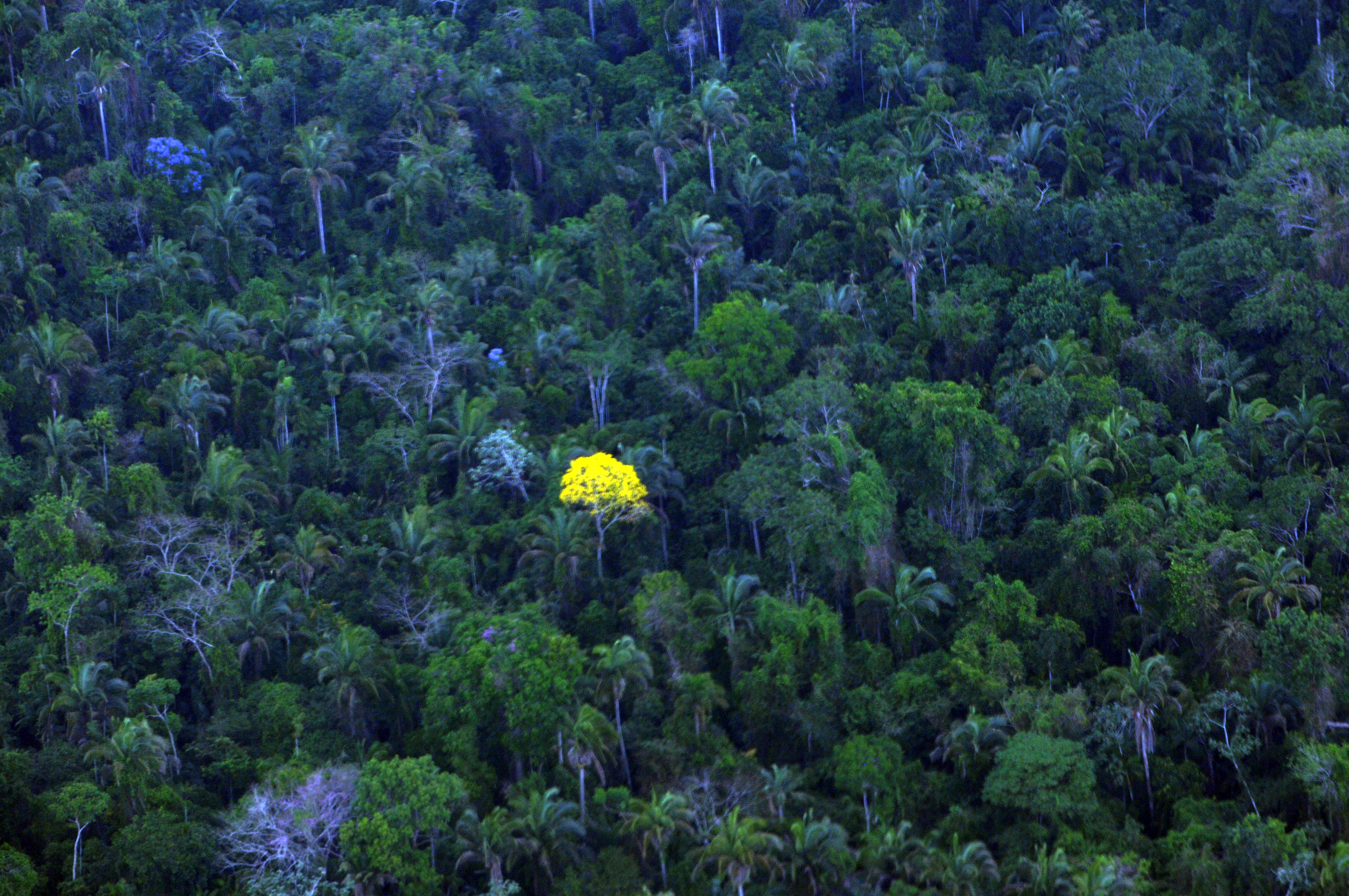Paulo de Araújo/MMA
|
 |
Por: Lucas Tolentino - Editora: Melissa Silva
The Brazil signed a commitment to restore and reforest 12 million hectares of forests by 2030. President Dilma Rousseff sealed the bilateral agreement in official meeting on Tuesday (30/6) in Washington, with the US president, Barack Obama. The pact also involves the renewal of the national energy mix by 2030.
The ad includes the goal of achieving by 2030 the share of 28% to 33% of renewable sources (electricity and biofuels), as well as hydraulic generation. The Brazil also intends to increase low carbon agriculture through sustainable practices and increased productivity, and promote new technologies for the industry and expand the use of sources of non-fossil fuels.
The countries declared also the goal of increasing to 20% the share of renewable sources - in addition to the hydraulic generation - in their respective arrays. In Brazil, the commitment also applies to the period up to 2030 and will be based primarily on the promotion of wind power and by biomass. Until then, the country will be able to double the share of these sources in relation to 2014, the year the share of these sources in the Brazilian matrix was around 9%.
The commitment to restoration of Brazilian forests by 2030 will be based on implementation of policies to combat illegal deforestation, land use and sustainable forest management. "It will take new economic, financial and technological solutions. We've done enough, but we want to do more. We are committed to significantly increase Brazil's potential to remove atmospheric carbon dioxide, "said Environment Minister, Izabella Teixeira, part of the Brazilian delegation on an official mission to the United States.
LEARN MORE
Though considered natural, the greenhouse effect has increased in recent decades and generated climate change. This stems from the uncontrolled increase in emissions of substances such as carbon dioxide and methane. The release of these gases in the atmosphere occurs for a number of human activities, including transportation, deforestation, agriculture, cattle raising and the generation and power consumption.
